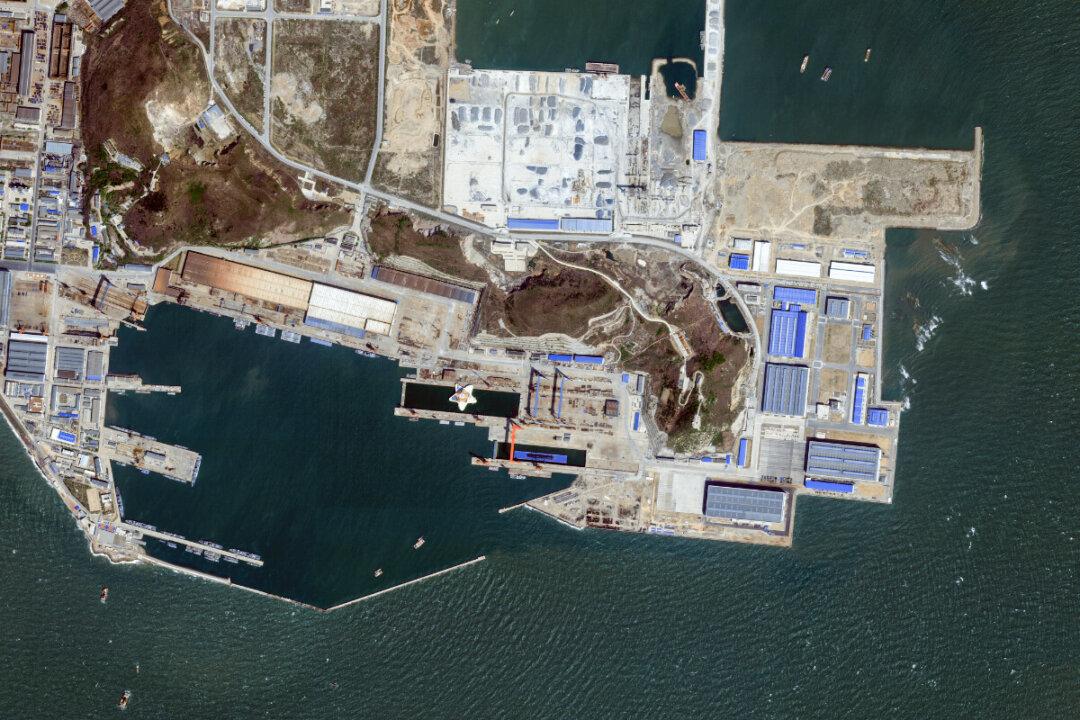Commentary
China’s newest aircraft carrier and missile defense systems include a qualitative—and stolen—technological leap that brings Beijing closer to driving the United States from Asia.

China’s newest aircraft carrier and missile defense systems include a qualitative—and stolen—technological leap that brings Beijing closer to driving the United States from Asia.